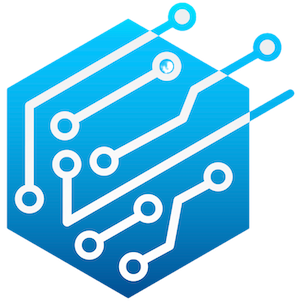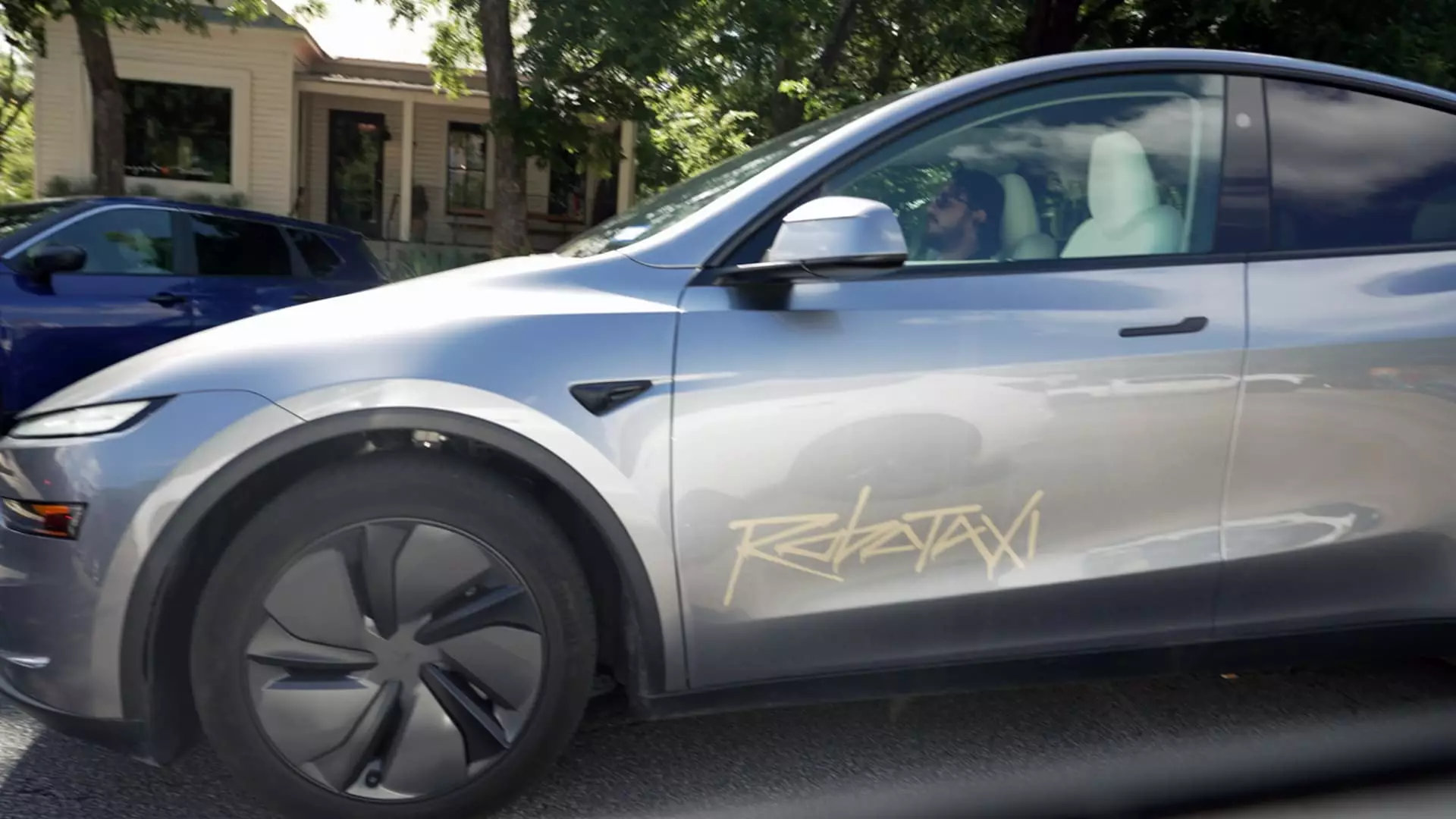Tesla’s recent application to test and deploy its Robotaxi fleet in Phoenix signifies a strategic shift that could reshape the autonomous transportation landscape. While established players like Waymo have already gained ground in this space, Tesla’s investment reflects its ambition to leverage its technological innovation and expand its influence. Unlike traditional automakers or tech companies that emphasize sensor-laden systems, Tesla’s decision to predominantly rely on camera-based solutions positions it uniquely—aiming to balance cost-effectiveness with technological aspiration. However, this approach is fraught with controversy and regulatory hurdles, emphasizing that Tesla’s journey isn’t merely about technological prowess but also about trust, safety, and regulatory acceptance.
Tesla aims to operate its Robotaxis within the bustling Phoenix metropolitan area, indicating a clear intent to capture a significant urban market. The application, pending approval, could mark a pivotal step toward nationwide rollout. Phoenix, with its diverse driving conditions and growing demand for innovative transit solutions, offers an ideal testing ground for Tesla’s autonomous ambitions. Yet, the company faces formidable competition from Waymo, which has been providing driverless taxi services to the public in Phoenix since 2020. Waymo’s experience, mature fleet, and regulatory credibility make it a tough rival for Tesla, which is still navigating the rocky waters of real-world testing.
From Texas to Arizona: The Pedigree of Tesla’s Robotaxi Ambitions
Tesla’s recent pilot programs in Austin, Texas, have served as important, albeit turbulent, milestones in its autonomous vehicle journey. The Austin fleet, consisting of Model Y SUVs equipped with advanced driver-assist systems, is supervised by remote operators and includes onboard safety personnel. These pilots offer valuable insights, yet they also reveal the gaps in Tesla’s autonomous capabilities—gaps that critics argue undermine safety and threaten regulatory approval.
Videos circulating on social media depict Tesla Robotaxis involved in minor incidents—dinging parked cars, minor rule violations—amplifying concerns about the safety readiness of Tesla’s autonomous tech. Despite Tesla’s claims of cost efficiency and technological independence from lidar sensors, public scrutiny and regulatory skepticism have intensified. Tesla’s ongoing test deployments highlight a fundamental tension: leveraging cutting-edge technology while ensuring public safety and regulatory compliance.
Tesla’s pursuit of autonomous vehicles appears driven not only by technological aspiration but also by a competitive desire to solidify its presence in the increasingly lucrative future of urban transportation. Musk’s declaration of rapid expansion into the San Francisco Bay Area further underscores Tesla’s aggressive growth mindset, even as regulatory agencies remain wary of the company’s safety record and marketing claims.
Technological Innovation vs. Regulatory Wariness
Tesla’s distinctive reliance on camera-based autonomy aims to lower production costs, making robotaxis a potentially mass-market product. Yet, the industry’s consensus suggests that sensors like lidar are crucial for achieving higher safety standards—an assertion supported by many rivals, including Waymo, which invested heavily in a multi-sensor approach.
This divide frames Tesla’s challenge: convincing regulators and the public that its vision of autonomous driving—primarily driven by vision—can succeed without compromising safety. The ongoing legal disputes and safety controversies underscore the difficulty of this path. Tesla’s history of making bold claims about its self-driving capabilities without full regulatory approval fuels skepticism and hinders broader acceptance.
Despite these hurdles, Musk maintains that Tesla’s Robotaxi service is imminent, with plans to launch in areas like the San Francisco Bay Area within months. Whether this rapid rollout will materialize remains uncertain, but it highlights a core aspect of Tesla’s approach: a relentless push forward, driven by innovation, ambition, and a willingness to challenge existing paradigms.
Tesla’s ambition to dominate urban autonomous mobility is undeniable, but whether it can navigate the complex interplay of safety, regulation, and public trust will ultimately determine the success of its Robotaxi vision. The company’s bold strategy may very well reshape cities, but only if it manages to reconcile technological innovation with uncompromising safety standards.


Leave a Reply